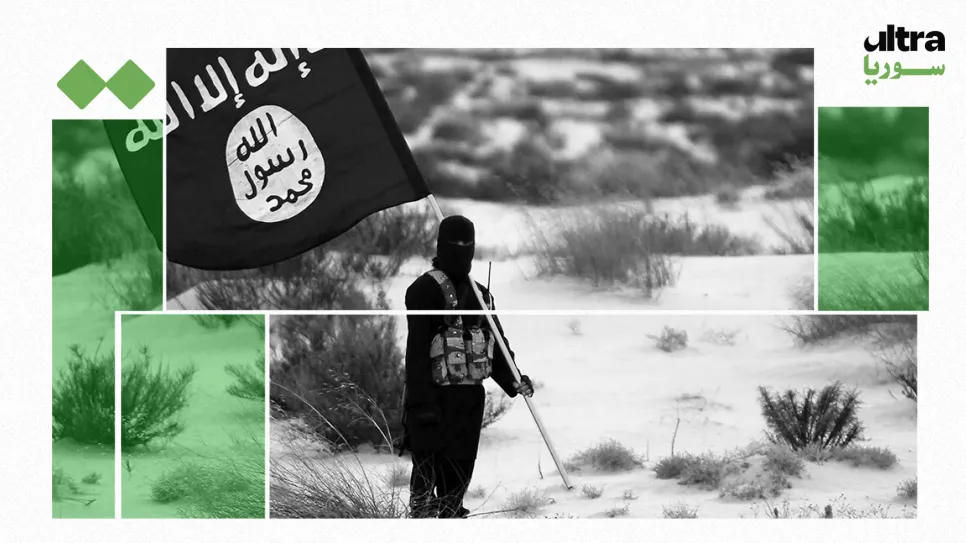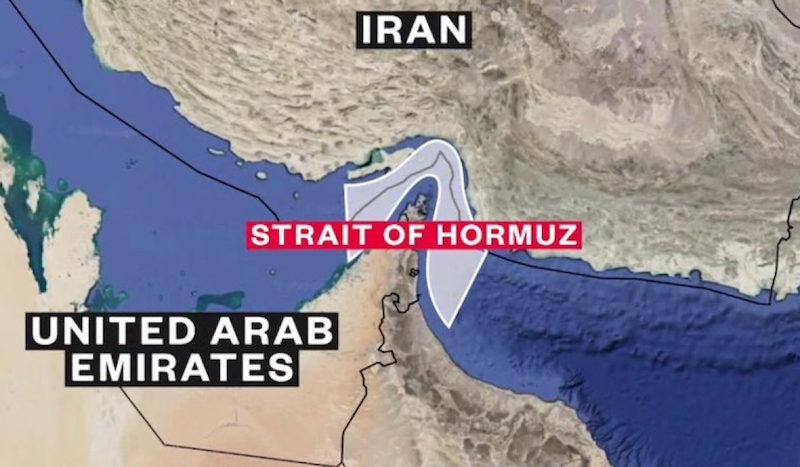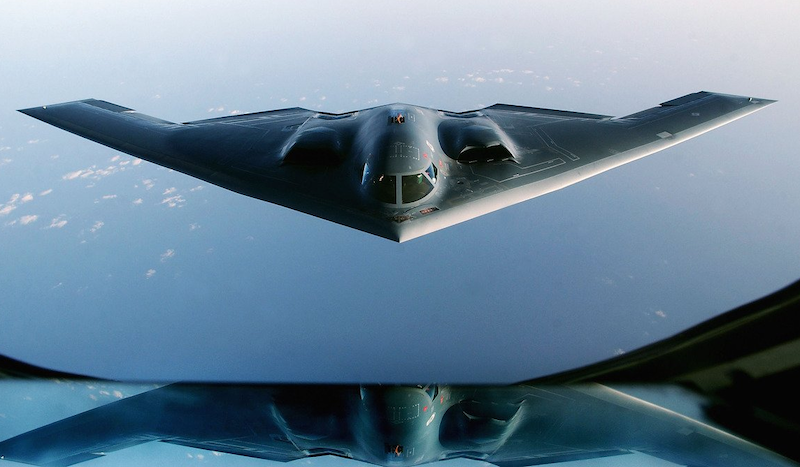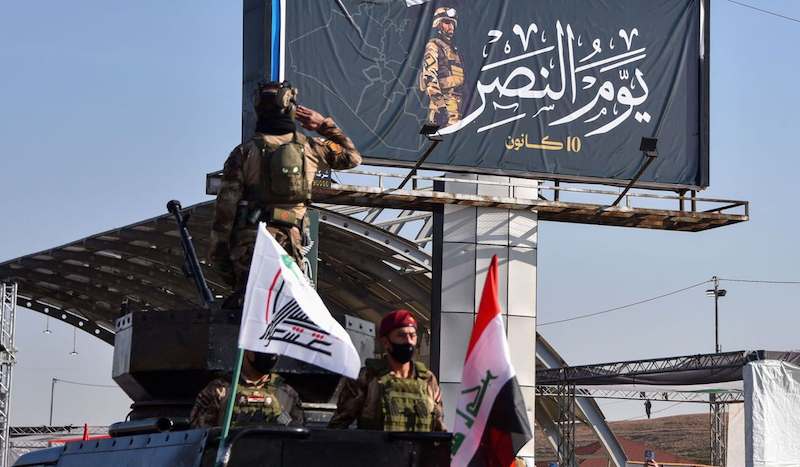US Joins Israel in Strikes on Iran, Targeting Nuclear Sites
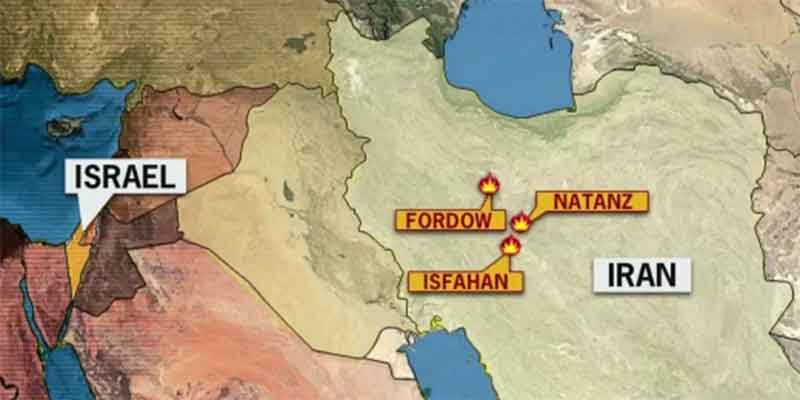
Tehran (Quds News Network)- The US joined Israel in its attack against Iran, with President Donald Trump announcing that US forces had struck three Iranian nuclear sites. In response, Iran accused Washington of violating international law.
Trump claimed the heavily fortified Fordow nuclear facility is “gone”.

